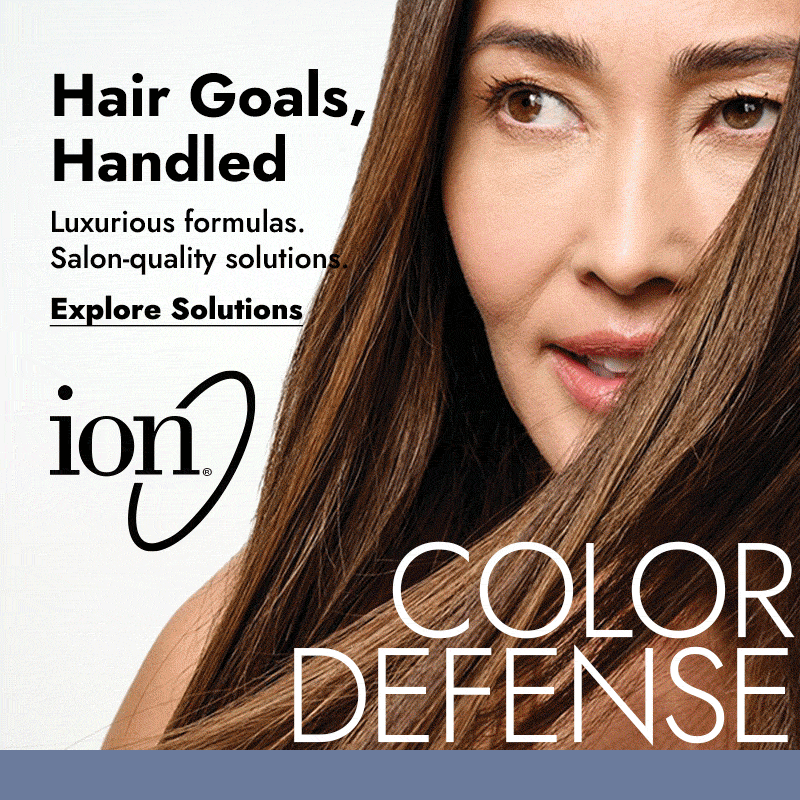
Hair is a fibrous, usually pigmented outgrowth from the epidermis found on most mammals (except for the lips, palms of the hands, and soles of the feet) and is composed of non-living cells called keratin. It is a type of protein that is very strong and flexible. Hair grows from hair follicles which are embedded in the skin and extend outward from the scalp. Hair can be shaped, cut and styled in many ways to enhance or change one’s appearance. The color of hair is determined by melanocytes which produce two pigments, eumelanin and pheomelanin. The pigments are deposited in the cortex of the hair shaft.
Hair plays an important role in a person’s appearance, and people spend considerable time and money on it. The length and color of one’s hair can give a person a different look or personality, and it also affects how others see that individual. People may use their hair to show their religion, cultural background or even as a sign of wealth and status.
A person’s hair can be described as fine, medium or coarse. Its consistency depends on the size and volume of the hair follicle, with fine hair having the smallest diameter and coarse hair having the largest. Hair can be straight, wavy or curly and is a natural covering that protects the body from UV rays. It is also an insulation for the head and helps maintain a steady body temperature.
The structure of hair has been well-studied using light, electron and atomic force microscopy, as well as by X-ray diffraction. It consists of three main parts: the medulla, the cortex, and the cuticle. The medulla is the central region of the hair surrounded by the cortex which contains bundles of long chains of proteins and lipids called protofibrils. These are encased in the cuticle which is made of dead, overlapping scale-like cells that form a protective layer around the hair.
Styling products can be used to shape or hold the hair in place, and are often a source of controversy. Some products can be damaging when used incorrectly, but most styling tools and techniques if used correctly do not cause any damage to the hair.
Although hair is a symbol of status, it can be damaged by environmental factors and some health problems. For example, excessive heat exposure to the hair can result in breakage or split ends. This is especially true for afro-textured or curly hair, which has a higher propensity to dryness and heat damage than other textures. It is therefore important to avoid blow drying and other forms of heat-induced hair damage. In addition, regular oil treatments can help prevent damage and keep the hair looking healthy and shiny. Finally, a good diet and proper care can also help with maintaining the strength and beauty of one’s hair. This is particularly important in areas of the world where poverty, malnutrition and other factors can weaken it. A person’s appearance can be affected by the way they care for their hair, and a healthy appearance is a significant aspect of self-esteem.